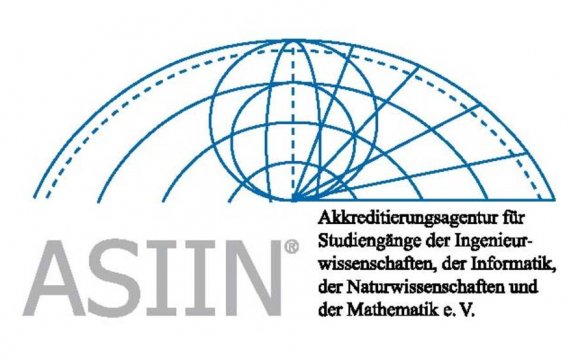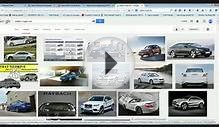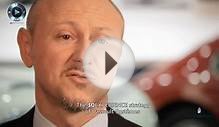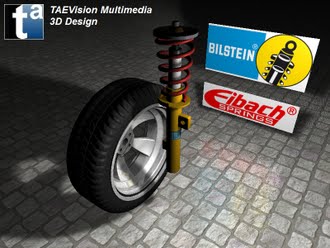
Fuel economy/emissions: Fuel economy is the measured fuel efficiency of the vehicle in miles per gallon or kilometers per litre. Emissions testing includes the measurement of vehicle emissions, including hydrocarbons, nitrogen oxides (NOx), carbon monoxide (CO), carbon dioxide (CO2), and evaporative emissions.
Vehicle dynamics: Vehicle dynamics is the vehicle's response of the following attributes: ride, handling, steering, braking, comfort and traction. Design of the chassis systems of suspension, steering, braking, structure (frame), wheels and tires, and traction control are highly leveraged by the vehicle dynamics engineer to deliver the vehicle dynamics qualities desired.
: NVH is the customer's feedback (both tactile [felt] and audible [heard]) from the vehicle. While sound can be interpreted as a rattle, squeal, or hoot, a tactile response can be seat vibration, or a buzz in the steering wheel. This feedback is generated by components either rubbing, vibrating, or rotating. NVH response can be classified in various ways: powertrain NVH, road noise, wind noise, component noise, and squeak and rattle. Note, there are both good and bad NVH qualities. The NVH engineer works to either eliminate bad NVH, or change the “bad NVH” to good (i.e., exhaust tones).
Vehicle Electronics: Automotive electronics is an increasingly important aspect of automotive engineering. Modern vehicles employ dozens of electronic systems. These systems are responsible for operational controls such as the throttle, brake and steering controls; as well as many comfort and convenience systems such as the HVAC, infotainment, and lighting systems. It would not be possible for automobiles to meet modern safety and fuel economy requirements without electronic controls.
Performance: Performance is a measurable and testable value of a vehicles ability to perform in various conditions. Performance can be considered in a wide variety of tasks, but it's generally associated with how quickly a car can accelerate (e.g. standing start 1/4 mile elapsed time, 0–60 mph, etc.), its top speed, how short and quickly a car can come to a complete stop from a set speed (e.g. 70-0 mph), how much g-force a car can generate without losing grip, recorded lap times, cornering speed, brake fade, etc. Performance can also reflect the amount of control in inclement weather (snow, ice, rain).
Shift quality: Shift quality is the driver’s perception of the vehicle to an automatic transmission shift event. This is influenced by the powertrain (engine, transmission), and the vehicle (driveline, suspension, engine and powertrain mounts, etc.) Shift feel is both a tactile (felt) and audible (heard) response of the vehicle. Shift quality is experienced as various events: Transmission shifts are felt as an upshift at acceleration (1–2), or a downshift maneuver in passing (4–2). Shift engagements of the vehicle are also evaluated, as in Park to Reverse, etc.
: Durability and corrosion engineering is the evaluation testing of a vehicle for its useful life. Tests include mileage accumulation, severe driving conditions, and corrosive salt baths.
Package / ergonomics engineering: Package engineering is a discipline that designs/analyzes the occupant accommodations (seat roominess), ingress/egress to the vehicle, and the driver’s field of vision (gauges and windows). The package engineer is also responsible for other areas of the vehicle like the engine compartment, and the component to component placement. Ergonomics is the discipline that assesses the occupant's access to the steering wheel, pedals, and other driver/passenger controls.
Climate control: Climate control is the customer’s impression of the cabin environment and level of comfort related to the temperature and humidity. From the windshield defrosting, to the heating and cooling capacity, all vehicle seating positions are evaluated to a certain level of comfort.
Drivability: Drivability is the vehicle’s response to general driving conditions. Cold starts and stalls, RPM dips, idle response, launch hesitations and stumbles, and performance levels.
Cost: The cost of a vehicle program is typically split into the effect on the variable cost of the vehicle, and the up-front tooling and fixed costs associated with developing the vehicle. There are also costs associated with warranty reductions, and marketing.
Program timing: To some extent programs are timed with respect to the market, and also to the production schedules of the assembly plants. Any new part in the design must support the development and manufacturing schedule of the model.
Assembly feasibility: It is easy to design a module that is hard to assemble, either resulting in damaged units, or poor tolerances. The skilled product development engineer works with the assembly/manufacturing engineers so that the resulting design is easy and cheap to make and assemble, as well as delivering appropriate functionality and appearance.
Quality management: Quality control is an important factor within the production process, as high quality is needed to meet customer requirements and to avoid expensive recall campaigns. The complexity of components involved in the production process requires a combination of different tools and techniques for quality control. Therefore, the International Automotive Task Force (IATF), a group of the world’s leading manufacturers and trade organizations, developed the standard ISO/TS 16949. This standard defines the design, development, production, and when relevant, installation and service requirements. Furthermore, it combines the principles of ISO 9001 with aspects of various regional and national automotive standards such as AVSQ (Italy), EAQF (France), VDA6 (Germany) and QS-9000 (USA). In order to further minimize risks related to product failures and liability claims of automotive electric and electronic systems, the quality discipline functional safety according to ISO/IEC 17025 is applied.
RELATED VIDEO




 Automotive suspension design is an aspect of automotive engineering, concerned with designing the suspension for cars and trucks.
Automotive suspension design is an aspect of automotive engineering, concerned with designing the suspension for cars and trucks.







